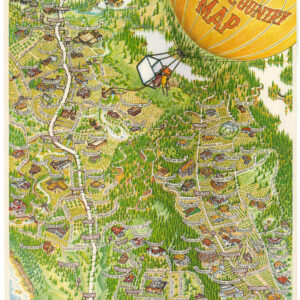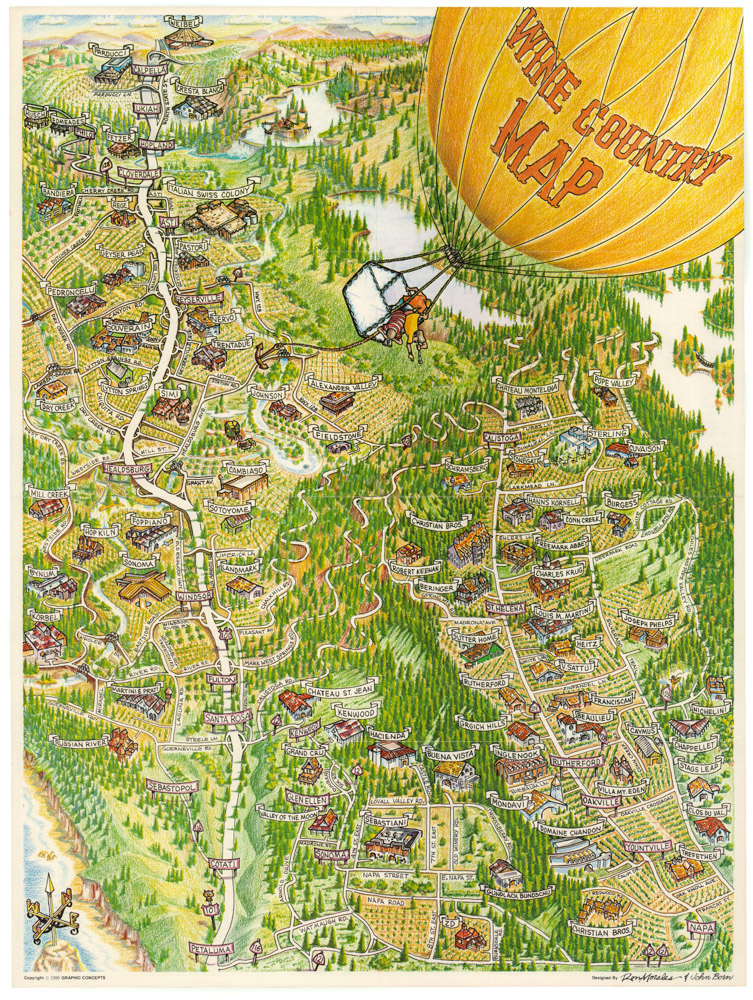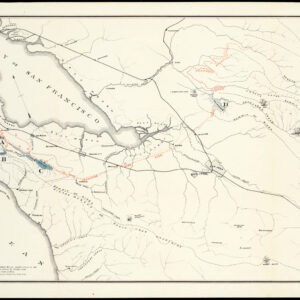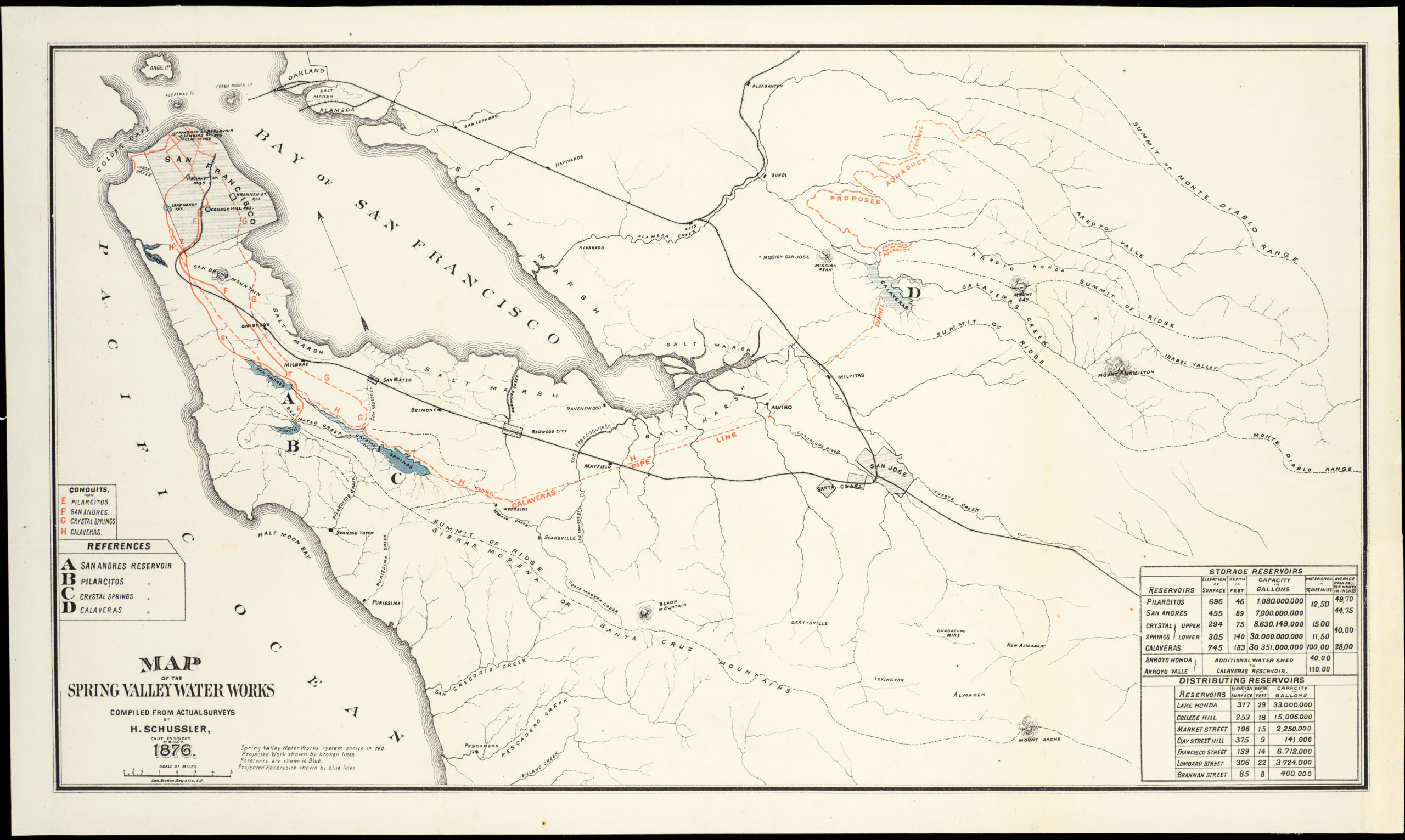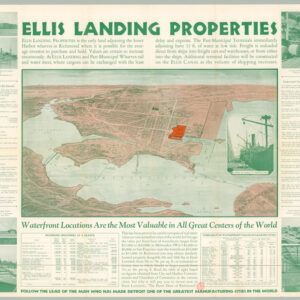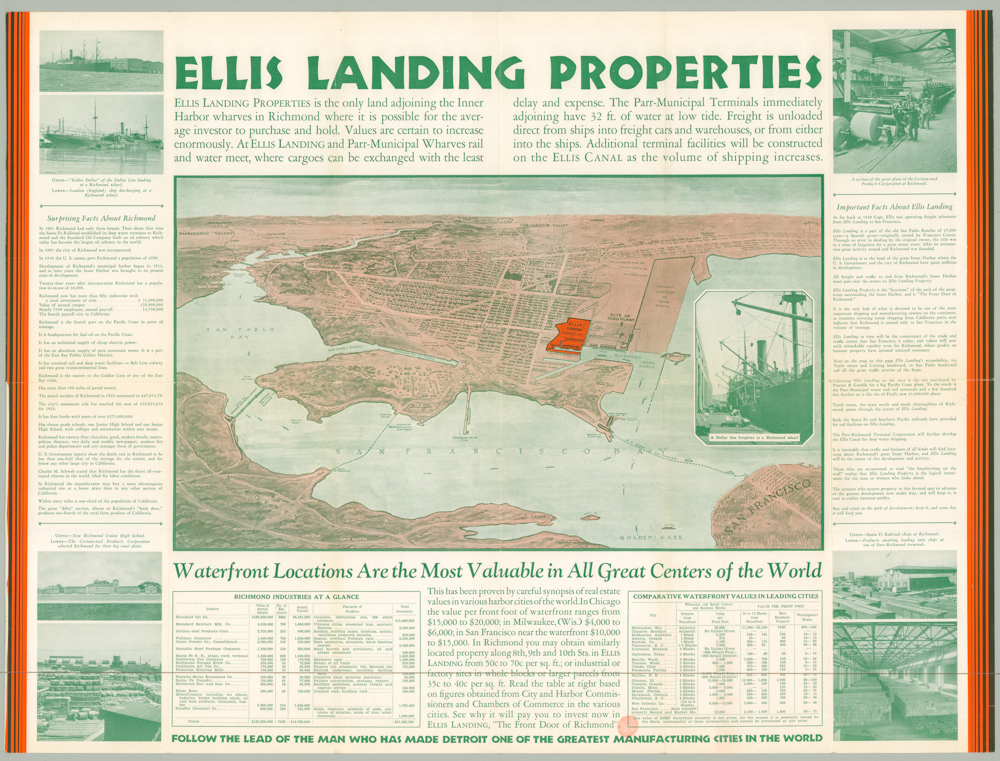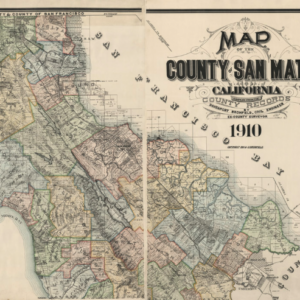Coast Survey chart of the Pacific Coast from Monterey to Mendocino with inset profile of the Golden Gate.
Sketch J No. 12 Reconnaissance of the Western Coast of the United States from Monterey to the Columbia River in three sheets Sheet No. 1
Out of stock
Description
This is an attractive 1851 U.S. Coast Survey chart of the California Coast. It covers from Monterey Bay north to Cape Mendocino and includes San Francisco Bay. This chart is the first sheet of three, which together chart the entire western coast of the United States from Monterey Bay north as far as the Columbia River.
Perhaps the most interesting feature of this chart are the three coastal views including ‘View of the Entrance to San Francisco Bay,’ ‘View of Pt. Pinos,’ and the ’View of Cape Mendocino.’Copious notes and sailing instructions in the upper right hand quadrant of the map are an interesting read for the nautically inclined.
The chart was prepared and under the supervision of A. D. Bache, one of the most important and influential superintendents of the U.S. Coast Survey in the 19th century. Published in the 1851 edition of the Superintendent’s Report.
Cartographer(s):
The Office of Coast Survey is the official chartmaker of the United States. Set up in 1807, it is one of the U.S. government’s oldest scientific organizations. In 1878 it was given the name of Coast and Geodetic Survey (C&GS). In 1970 it became part of the National Oceanic and Atmospheric Administration (NOAA).
The agency was established in 1807 when President Thomas Jefferson signed the document entitled “An act to provide for surveying the coasts of the United States.” While the bill’s objective was specific—to produce nautical charts—it reflected larger issues of concern to the new nation: national boundaries, commerce, and defense.
Alexander Dallas Bache, great-grandson of Benjamin Franklin, was the second Coast Survey superintendent. Bache was a physicist, scientist, and surveyor who established the first magnetic observatory and served as the first president of the National Academy of Sciences. Under Bache, Coast Survey quickly applied its resources to the Union cause during the Civil War. In addition to setting up additional lithographic presses to produce the thousands of charts required by the Navy and other vessels, Bache made a critical decision to send Coast Survey parties to work with blockading squadrons and armies in the field, producing hundreds of maps and charts.
In 1871, Congress officially expanded the Coast Survey’s responsibilities to include geodetic surveys in the interior of the country, and one of its first major projects in the interior was to survey the 39th Parallel across the entire country. Between 1874 and 1877, the Coast Survey employed the naturalist and author John Muir as a guide and artist during the survey of the 39th Parallel in the Great Basin of Nevada and Utah. To reflect its acquisition of the mission of surveying the U.S. interior and the growing role of geodesy in its operations, the U.S. Coast Survey was renamed the United States Coast and Geodetic Survey (USC&GS) in 1878.
Condition Description
Minor wear and some toning along original fold lines. Minor spotting. Professionally flattened and backed with archival tissue.
References
